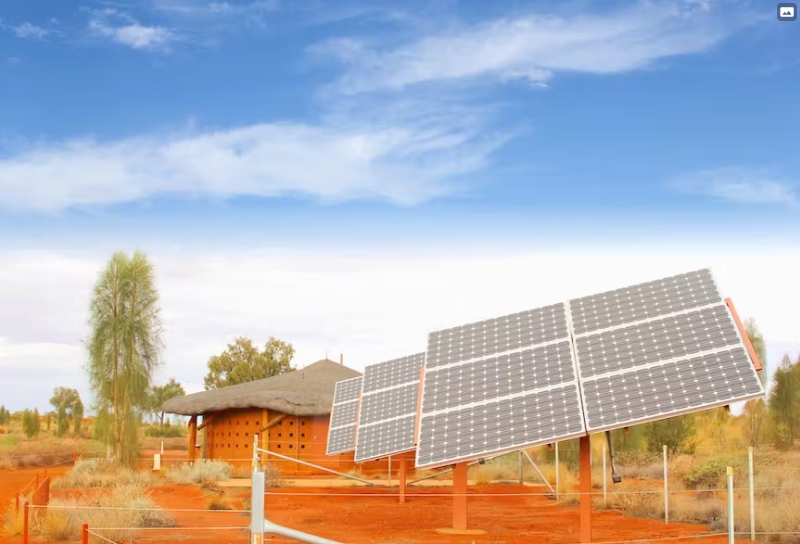
The state-of-the-art energy management system (EMS), which is located at the REA’s headquarters in Abuja, was constructed during phase one of the Korean Energy Project, a bilateral partnership between the governments of Nigeria and South Korea.
“Collaborations such as these will help bridge the gap between the served and the unserved, said Adebayo Adelabu, Nigeria’s Minister of Power.
Nigeria is a hotbed for minigrid development
Many of Nigeria’s remote communities have never had access to the national electricity grid, and, as such, must rely on fossil fuel-powered generators, which can be both expensive and an unreliable power source.
To combat electricity access disparities in the country, the REA has made significant investments in rural minigrid development in recent years.
One of the largest minigrid markets in the world, there are now over 100 minigrids in operation across Nigeria and more are on the way.
Minigrids, sometimes referred to as remote microgrids, are typically used in remote areas that do not have access to a central grid. Minigrid systems use software to control distributed energy resources like solar panels and battery storage, providing remote communities with reliable, clean and affordable power.
The deadline for prequalification applications for grants from the Nigerian National Project, a minigrid program the REA is administering on behalf of the United Nations Development Program, Rocky Mountain Institute and the African Development Bank, has recently passed.
In October, the agency announced it had signed a memorandum of understanding with the Africa Mini-Grid Developers Association that is expected to accelerate the pace of minigrid development even more.
Other players, such as the World Bank and Sholep Energy, are active in the country, and Husk Power is vowing to build 500 minigrids in Nigeria by 2026.
“Rural electrification requires unique granular data, said Kim Young-Chae, the Korean ambassador to Nigeria. “The integrated energy management system [enables] efficient planning and design concepts [and] can host all minigrids’ data.”
Young-Chae added that the EMS will strengthen the position of the REA in its role as the central coordinator for rural minigrids.
Two new solar minigrids also break ground
In addition to the minigrid control center, the Korean Energy Project will build four stand-alone minigrids in nonelectrified areas of the Federal Capital Territory, the region that includes the capital city Abuja.
The REA announced that two of these minigrids – a 900-kW interconnected solar minigrid in Rubochi and a 100-kW solar minigrid in Ikwa – have broken ground and are expected to be commissioned in the first quarter of 2024.
The two remaining minigrids should be operational by the end of 2024, according to Ahmad Salihijo Ahmad, managing director and CEO of the REA.
The four minigrids are expected to have a combined capacity of 1.6 MW.
“The milestone achieved under the Korean Energy Project is a testament of our resolve towards collaboration with development partners in delivering our mandate. The REA is always thrilled with the deployment of sustainable electricity in our communities,” said Ahmad.